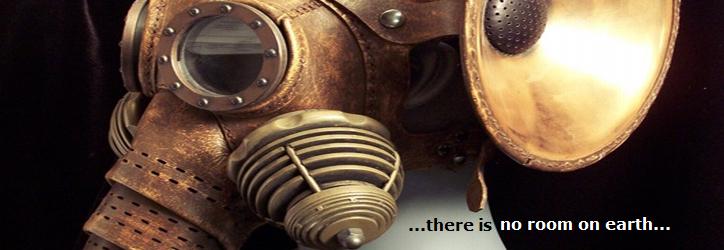
HDR technique is something quite new and still not that popular although it gets more and more fans. I recenly had a go trying to create these pictures with dramatic atmosphere and not natural colour palette. First few attempts were not so succesful but i guess essential is to take a good shot and then by setting all features try to achieve best possible result.
HDR - In image processing, computer graphics, and photography, high dynamic range imaging (HDRI or just HDR) is a set of techniques that allow a greater dynamic range of luminances between the lightest and darkest areas of an image than standard digital imaging techniques or photographic methods. This wider dynamic range allows HDR images to more accurately represent the wide range of intensity levels found in real scenes, ranging from direct sunlight to faint starlight. The two main sources of HDR imagery are computer renderings and merging of multiple photographs, which in turn are known as low dynamic range (LDR)(also called standard dynamic range (SDR) photographs.Tone mapping techniques, which reduce overall contrast to facilitate display of HDR images on devices with lower dynamic range, can be applied to produce images with preserved or exaggerated local contrast for artistic effect.
http://mathewfarris.blogspot.com/2009/04/topic-hdr-photography.html
http://www.hdrsoft.com/








